Začátkem listopadu 2019 byla vydána nová verze knihovny OpenLayers, aktuálně ve verzi 6.1.1. V polovině prosince na to upozornil někdo na Hacker News a hned se rozjela sofistikovaná diskuse, jak kterou knihovnu používat na co. K dispozici v podstatě přicházejí tři hlavní knihovny: Leaflet, OpenLayers a MapBox GL.
|
|||
|
|||
|
|||
|
|||
|
|||
|
|||
|
|||
|
|||
|
|||
|
|||
|
|||
|
|||
|
|||
|
|||
|
|||
|
|||
|
|||
|
|||
|
|||
|
|||
|
|||
|
|||
|
|||
|
|||
|
|||
|
|||
|
|||
|
|||
|
|||
|
|||
|
|||
|
|||
|
|||
|
|||
|
|||
|
|||
|
|||
|
|||
|
|||
|
|||
|
|||
|
|||
|
|||
|
|||
|
|||
|
|||
|
|||
|
|||
|
|||
|
|||
|
|||
|
|||
|
|||
|
|||
|
|||
|
|||
|
|||
|
|||
|
|||
|
|||
|
|||
|
|||
|
|||
|
|||
|
|||
|
|||
|
|||
|
|||
|
|||
|
|||
|
|||
|
|||
|
|||
|
|||
|
|||
|
|||
|
|||
|
|||
|
|||
|
|||
|
|||
|
|||
|
|||
|
|||
|
|||
|
|||
|
|||
|
/ foto Alex Shutin, Unsplash
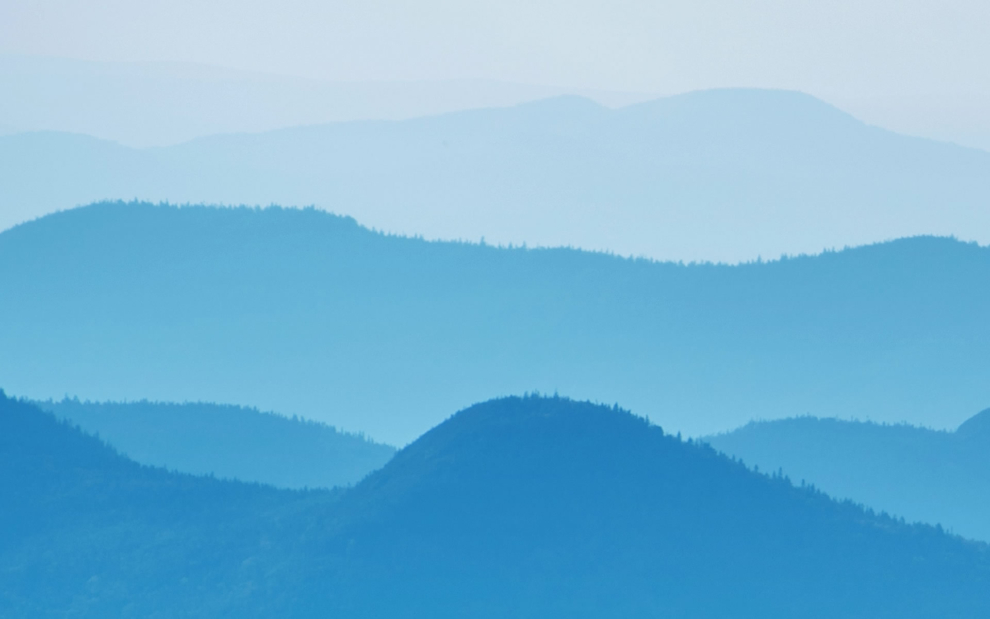
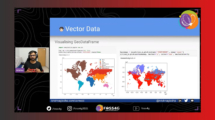
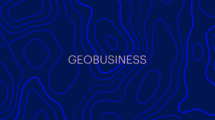
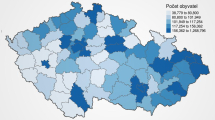
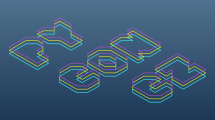


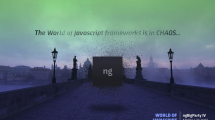

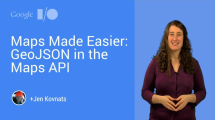
Leaflet author here! Just wanted to note that if you haven’t looked into OpenLayers in a few years, you absolutely should — it’s astonishing how much it progressed: from something that I was so frustrated with that it prompted me to write Leaflet in the first place (11 years ago) to a modern, fast, well-engineered and lovingly maintained library.It’s especially great when you’re doing complex GIS stuff and need a ton of features and formats supported out of the box. As for other libraries, I’d recommend Leaflet for simple maps, and Mapbox GL for rich, highly interactive apps that benefit from vector rendering tech (I’m biased since I contributed to both), but it’s great to have OpenLayers in the mix — there’s a library for anyone’s needs, cross-inspiration moves all three forward, and the mapping software landscape in general is greater than it has ever been.